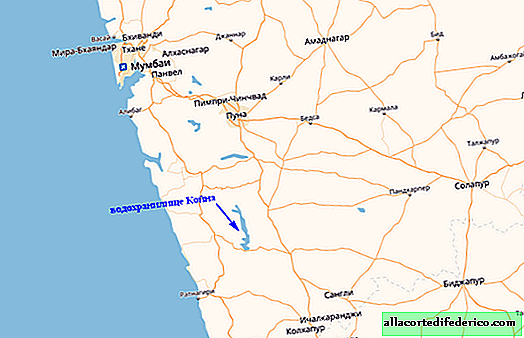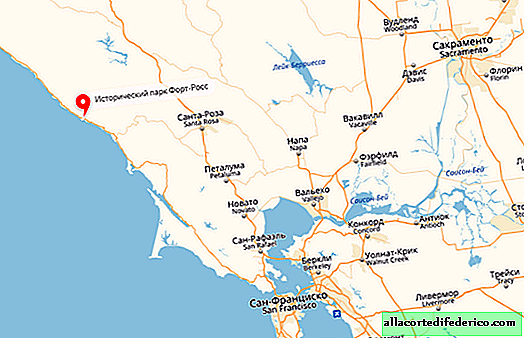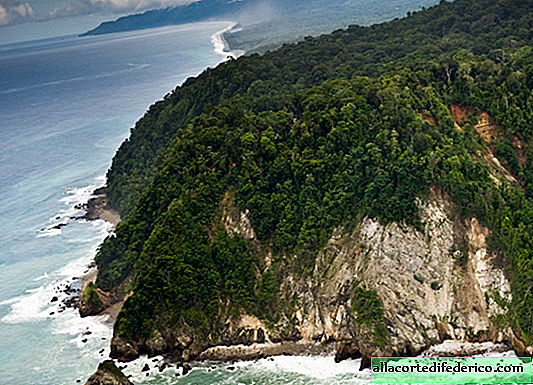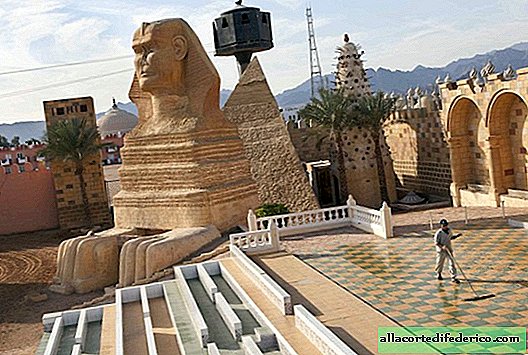A dam was built in India, and people's lives turned into hell
History knows many examples when the construction of grandiose reservoirs or industrial facilities led to strong earthquakes of 5-6 points. But when the engineers and builders began to erect the Koyna Dam in western India, in a seismically calm region, they did not even imagine what a grand construction would turn out to be.

The Kojna Dam was built on the river of the same name in 1962 in the state of Maharashtra, in the west of the country. The resulting reservoir was supposed to supply water to the growing city of Mumbai (Bombay), with a multi-million population. The dam was built of crushed stone and concrete, it has a height of 85 meters and a length of about 800 meters.
Prior to the construction of the Coyne Dam, this region of India did not cause any geological concerns from the seismologists. The Indian plate is an ancient continental plate, which is not characterized by earthquakes. Therefore, the powerful earthquake of 6.3 points on the Richter scale that occurred in December 1967 was a complete surprise for everyone.
A few years after filling the reservoir, the pressure of colossal volumes of water brought rocks into a state of stress. The result was an induced earthquake, which was triggered by anthropogenic impact. Fortunately, the dam itself withstood the earthquake, but as a result of this event 177 people died and more than 2,000 were injured.

After the incident, the dam was equipped with high-precision equipment that monitors its condition. But at the earthquake of 1967, the misfortunes of the locals did not end. Over the 50 years that have passed since the reservoir was filled, more than 20 earthquakes occurred in the Koyna Dam area, the strength of which exceeded 5 points on the Richter scale. In addition, minor seismic vibrations occur here, of which there are already several thousand.
In connection with the construction of the Koyna Dam and the consequences that have arisen, the west of India has become a kind of research laboratory for scientists. Geophysicists have covered this area with a dense network of seismic stations that track changes in the earth's crust. Particular attention is paid to the condition of the dam, because against the background of ongoing earthquakes, the dam is subjected to unplanned impact, leading to deformation of the structure. In addition to tremors, the state of the dam is also affected by a change in the level of the reservoir: during maximum load and during a decrease in the water level in the river.
Based on the studies using GPS technology, it was possible to establish that the dam undergoes deformation mainly due to differences in the water level in the reservoir in different seasons of the year. The same factor, according to some experts, can provoke ongoing earthquakes. Despite the dense network of monitoring stations and high-precision equipment, scientists have not yet been able to fully understand the mechanisms of oscillation of the earth's crust in the Koyna dam region.


















